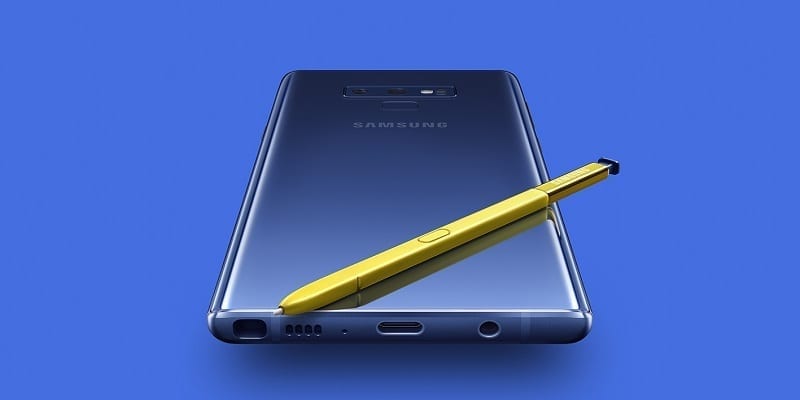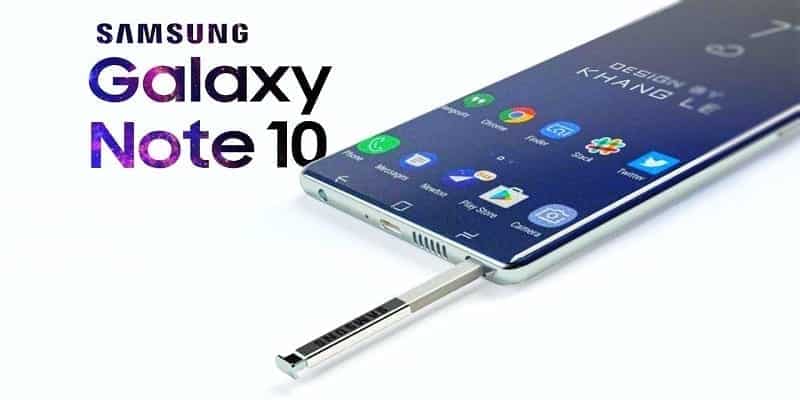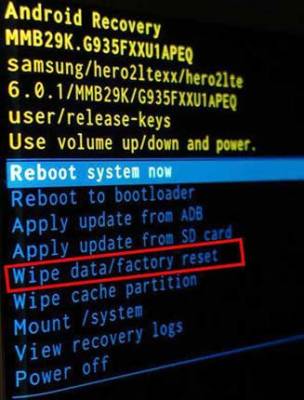It could be that you have never physically damaged your tab, but believe me when I say that it does not mean it cannot develop touch screen issues. The Samsung Galaxy Note 10.1 actually had a few software-related touch screen issues when it was first released, but they got rectified with subsequent updates.
However, this is not to say that the problem cannot rear its head again, especially after your tab installs the most recent version of the OS or after installing new applications. Plus you cannot totally rule out hardware problems, even if you are certain that the device did not drop from your hand.
In this tutorial, we will discuss how to rectify touch screen problems on the Samsung Galaxy Note 10.1 tablet, both the 2012 and the 2014 versions. Let’s jump right into it:
You Might Also Want To Read- How To Record A Call On Samsung Galaxy Note 9
1. Soft Reset Your Phone
If your touch screen immediately stops working, it could be because of a little problem. To confirm this, the best thing to do is to perform a soft reset. A soft reset is all about you powering off your tab and then powering it on again.
However, if your touch screen is not responding, you cannot just restart your tablet like you normally would. This is because you have to click “Reset” immediately you hold the Lock Screen key, and that is not possible.
Instead of trying to do that, you can just press and hold the Lock/Power button for about 10 seconds. Shun the screen that will be visible and hold on for the tab to power off. Press and hold the Lock/Turn On-screen once more to turn the phone on. There should be no data loss, except if the battery was extremely low.
If the display was not responding due to a small glitch, it should be fixed, but if the problem remains, then it is a bigger issue.
2. Perform A Hard Reset
You Might Also Want To Read- How Multi-Window & Split Screen Can Be Used On The Galaxy Note 10
At times, a system update might be interrupted during installation. This can result in your tab malfunctioning, and it can lead to an irresponsive touch screen. And if you downloaded and installed 3rd-party applications recently, your system can be affected.
After you hard reset your phone, it will get rid of all of your data from the tab and return the system back to its initial settings. Therefore do not do this except the data on your device is backed up.
To do a hard reset, adhere to these instructions:
- Hold the Lock button until the tab shuts down.
- Hold on for a few seconds.
- Press and hold the Lock button and the Volume Down button.
- Release the Lock button as soon as the logo is visible, but continue holding the Volume Down button.
- A recovery screen should be visible. (The icon is a small Android laying on its back with an exclamation sign above.)
- Make use for the Volume Up/Down keys for navigation of the menu.
- Select “wipe data/factory reset.”
- Press the Lock key to confirm.
- Select “Yes – delete all user data.”
- Tap the Lock key once more.
- Hold on for the process to be wrapped up.
- Choose “reboot system now.”
If the problem has to do with the software, a hard reset will fix it. If your touch screen stays problematic after a hard reset, then the problem is most likely hardware-related.
Hard-Related Issue
A broken digitizer is a rampant hardware-related problem that can result in touch screen issues. A digitizer is a glass that goes over the LCD screen of your tab and is in charge of transforming analog signals into digital ones. It aids the conversion of all mechanic movements like clicking, swiping, or holding the screen, to commands that your tab can understand.
Your digitizer can get damaged externally, which mostly occurs if there is a high amount of pressure applied to the device or if it falls at a particular angle. If the digitizer is faulty internally, this means that the digitizer’s connector flex cable is unattached from the glass or broken.
Users can also unscrew the tab and open it to confirm if the connector cable is okay. But if you are uncertain about what you should do, take it to a repairer.



